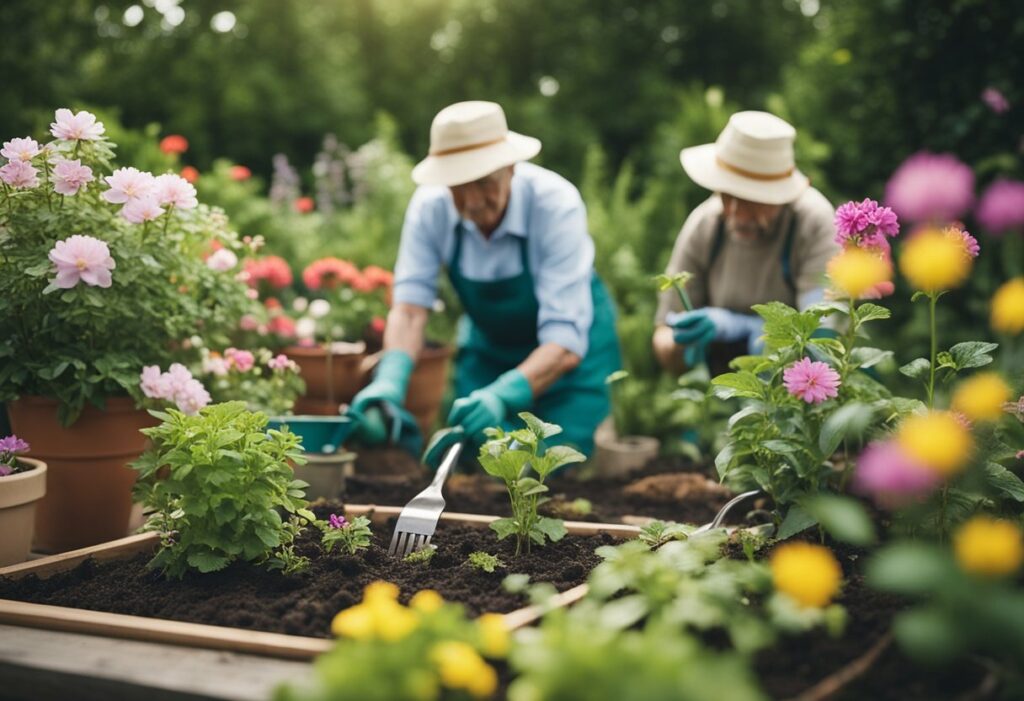Embarking on the gardening journey as a retiree has opened up a world of possibilities, including learning new skills, connecting with others who share similar interests, and experiencing the satisfaction of nurturing a living, thriving space. From choosing the right tools to ensuring I’m practicing safe gardening habits, there’s always more to learn and enjoy in this rewarding pastime.
Key Takeaways
- Gardening offers mental and physical benefits for retirees
- Cultivating a garden fosters personal growth and a sense of accomplishment
- Safety and proper technique are essential when gardening as a senior
Importance of Gardening for Retirees
I have found that gardening plays a significant role in enhancing the well-being and quality of life for retirees. In my experience, cultivating a garden not only contributes to maintaining good physical health but also promotes happiness and mental stability.
As I work on my garden, I have noticed improvements in my endurance and overall health. Engaging in activities like digging, planting, and pruning not only keeps me physically active but also helps in maintaining my flexibility and balance. Furthermore, when I create raised beds, it becomes more comfortable to work on the plants, leading to less strain on my back and joints.
One of the most significant advantages of gardening in retirement is the positive impact it has had on my mental health and cognitive function. While tending to my garden, I find myself fully immersed in the process, relieving stress and providing a form of meditative mindfulness. Moreover, the cognitive challenges of planning, designing, and problem-solving help keep my mind sharp and focused.
Another essential aspect I’ve discovered in gardening is the sense of happiness and satisfaction that comes with nurturing living organisms and watching them grow. I find joy in observing the vibrant colors of the flowers and the fruits and vegetables harvested from my garden. These small accomplishments contribute to my overall happiness and well-being in retirement.
In conclusion, gardening is an activity that I wholeheartedly recommend to retirees. It offers a perfect blend of physical activity and mental stimulation while adding a sense of purpose and fulfillment to one’s life. By cultivating a space of growth and peace, gardening in retirement can truly nourish both the body and the soul.
Benefits of Gardening for Seniors
Physical Health Benefits
As I engage in gardening, I enjoy the physical exercise it provides. The activities involved, such as digging, planting, and watering, enhance my flexibility and improve my muscular strength. Spending time outdoors has the added benefit of increasing my exposure to vitamin D, which helps in calcium absorption and maintaining bone health. Gardening is an excellent low-impact exercise that promotes cardiovascular health as well.
Mental Health Benefits
I find that gardening is an effective way to boost mental health. It helps me relieve stress by lowering cortisol levels and reducing anxiety. As I see my plants flourish, I feel a sense of accomplishment and increased self-confidence. Furthermore, gardening encourages creativity, as I explore different planting techniques, designs, and color combinations in my garden.
Improving Quality of Life in Senior Living
For seniors living in nursing homes or assisted living facilities, gardening can truly improve the quality of life. I appreciate being able to tend to my plants, engage in social interactions with fellow gardeners, and breathe fresh air, which contributes to a more fulfilling and relaxing environment. The enjoyable nature of gardening has the potential to create a more positive atmosphere in senior living communities.
The Therapeutic Power of Nature
Lastly, I find that gardening serves as my personal form of therapy. Being immersed in the beauty of nature amid the vibrant colors and fragrances of blossoming flowers helps me feel connected to the environment. This connection to nature provides a sense of inner peace and allows me to meditate as I nurture my plants. In this way, gardening acts as a therapeutic tool that helps maintain my overall well-being.
Effective Gardening Practices for Seniors
Adapting to Limited Mobility
As I get older, I’ve noticed that mobility can become an issue. Choosing lightweight tools and equipment, such as ergonomic tools or a wheelbarrow, can make gardening more manageable for seniors like me. One solution I found is opting for raised flower beds, making it easier to tend to plants without constantly bending over. Another option is using a wagon to transport supplies, reducing the need to carry heavy items across the garden.
The Power of Breaks and Stretching
I’ve learned the importance of taking frequent breaks and incorporating stretching routines to keep my body comfortable and reduce muscle fatigue. By investing time in caring for my body through adequate rest and gentle stretches, I can enjoy gardening much more efficiently and with less strain on my joints.
Focusing on Low-Impact Gardening
When selecting plants for my garden, I consider low-maintenance options that require less physical effort. By choosing low-impact plants, I can still maintain a beautiful garden without putting too much stress on my body. I also try to use ergonomic gardening tools to lessen any strain on my hands and wrists, making for a more enjoyable experience.
Embracing the Community Garden
Lastly, I discovered the power of community gardens for both socializing and alleviating the potential burden of maintaining a large personal garden. Participating in a community garden allows me to meet like-minded individuals, share gardening knowledge, and work together to create a beautiful space. This involvement has brought meaning to my gardening experience and contributed to my overall well-being.
Choosing the Right Tools and Plants for Senior Gardening
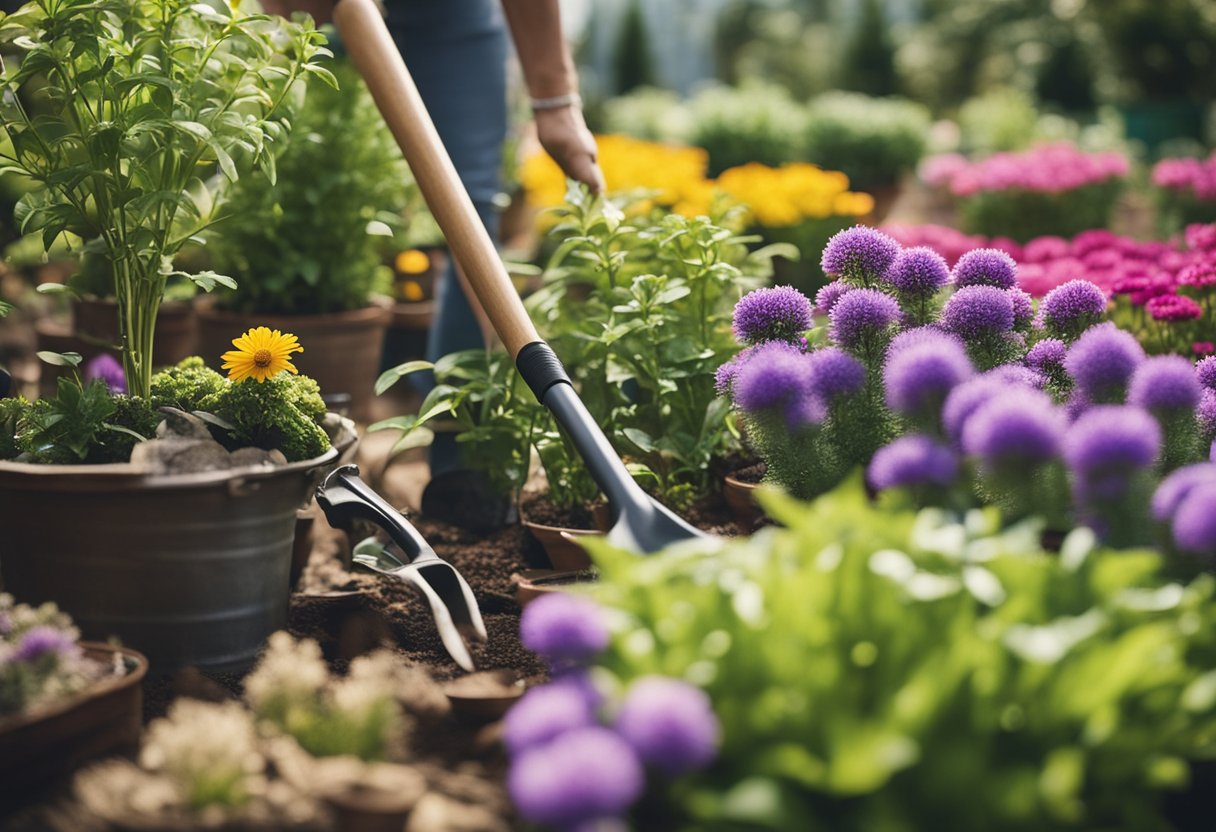
As a gardening enthusiast, I believe that choosing the right tools and plants is crucial for seniors to have a pleasant gardening experience. The key is finding ergonomic gardening tools designed with the elderly in mind, which make it easy and comfortable to garden without straining muscles and joints too much.
I highly recommend lightweight, battery-operated tools or machines that do repetitive or heavy work for you. Long-handled garden tools also make it possible to adopt a comfortable position while working outdoors. Incorporating raised beds and large pots and planters allows for less bending, which can be challenging for seniors. Soaker hoses and drip-irrigation systems are excellent choices for effortless watering, and a garden cart lets you haul tools and supplies easily.
When it comes to selecting the right plants, seeds, and flowers, it’s essential to consider the physical benefits and ease of care for senior gardeners. Based on my experience, here are my recommendations for plant categories:
- Vegetables: Easy-to-grow varieties like lettuce, radishes, spinach, and tomatoes offer both health benefits and a sense of accomplishment.
- Fruits: Dwarf fruit trees and berry bushes, such as apple, pear, and blueberries, require little maintenance and provide fresh produce.
- Flowers: Planting low-maintenance perennials like daylilies, coneflowers, and lavender ensures year-round beauty with minimal effort.
- Herbs: Rosemary, basil, and mint are popular choices for their versatility in cooking and minimal care requirements.
By carefully selecting the right tools and plants, I’ve found that senior gardeners can cultivate a fulfilling and therapeutic space for growth and relaxation. Happy gardening!
Staying Safe While Gardening
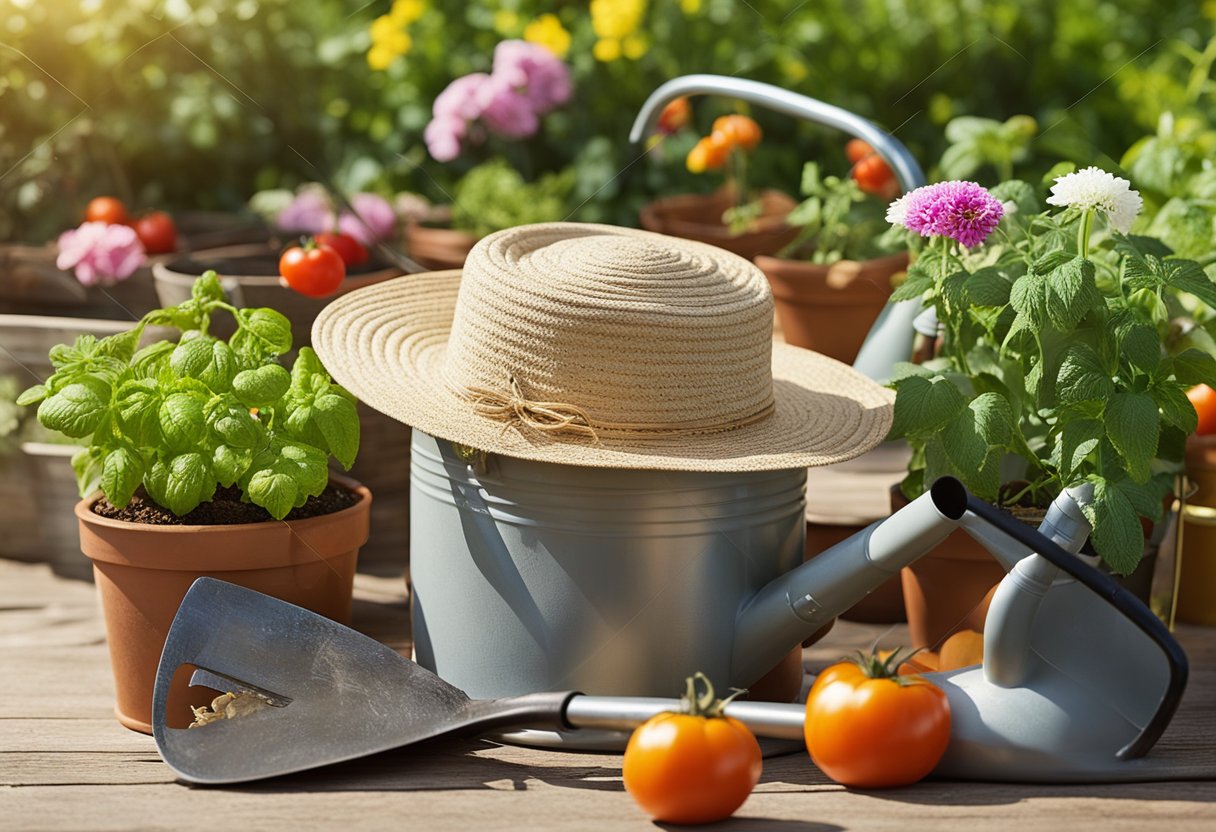
As a gardening enthusiast, I’ve found that staying safe while tending to my plants is equally important as enjoying the process. In this section, I will share some tips I’ve learned to keep gardening experience safe and enjoyable for retirees.
One crucial aspect of safety is protecting ourselves from the sun. I always apply an ample amount of sunscreen before heading out into the garden. Remember to reapply sunscreen every couple of hours or according to the product’s directions, especially on hot or sunny days.
In addition to sunscreen, it’s essential to choose appropriate clothing. I usually wear light, breathable materials and long-sleeve shirts to minimize sun exposure. A wide-brimmed hat and sunglasses also come in handy for protecting my face and eyes from the sun, as well as keeping me cool in the shade.
As we age, maintaining our strength, flexibility, and balance becomes essential to prevent injuries. Gardening provides an excellent opportunity for me to incorporate some light exercises and stretches into my daily activities. For example, I spend time gently stretching my muscles before and after gardening to keep my body limber and ready for more strenuous activities.
To help maintain balance and avoid falls, I’ve invested in comfortable, non-slip footwear and ensure my garden paths are even and free of debris. Whenever I need to reach something, rather than standing on unstable surfaces, I make use of a steady step-stool or ladder.
Finally, I keep in mind my own physical limitations and avoid pushing myself too hard. It’s essential to recognize when to take breaks and to stay hydrated. Investing in ergonomically designed tools and using raised garden beds can help make gardening tasks more manageable and enjoyable.
By following these precautions, I can continue pursuing my gardening hobby with confidence, knowing that I am taking care of my body and ensuring a safe and pleasant experience in my garden.
Using Gardening as a Form of Exercise
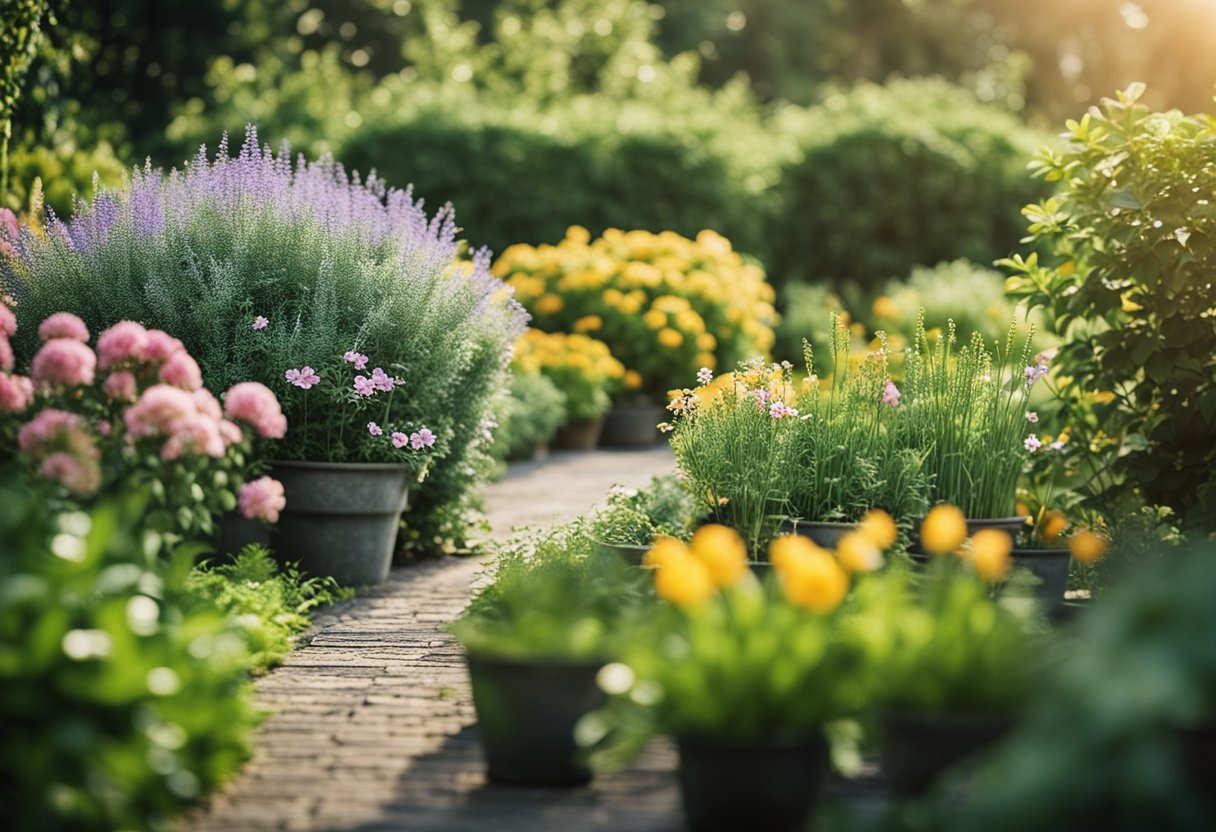
I have found that gardening is not just a relaxing and rewarding hobby, it can also be an excellent form of exercise. The physical benefits of gardening are numerous, and as a retired individual, I appreciate the low-impact nature of this activity.
For a start, gardening helps me maintain and improve my strength. Digging, planting, and weeding involve various muscle groups, providing a full-body workout. When I lift bags of soil, plant pots, or maneuver heavy tools, I can feel my arm and back muscles engaging. Over time, I have noticed an increase in my overall strength, making daily tasks easier to accomplish.
Another exercise benefit I reap from gardening is increased flexibility and range of motion. Reaching, bending, and squatting help keep my joints mobile and flexible. I have discovered that maintaining this level of activity ensures I am less prone to injury and discomfort as I age. In fact, gardening activities have been shown to improve physical health for older adults.
Moreover, the time I spend in the garden enables me to soak up the sun, which is important for my body to absorb and synthesize Vitamin D. As a result, my Vitamin D levels increase, aiding in calcium absorption and supporting my bone health.
Gardening is not just an opportunity for me to spend time outdoors, it’s also a chance to engage in moderate cardiovascular exercise. While these activities may not be as intense as running or swimming, they do contribute to my physical wellbeing, helping to keep my heart and lungs healthy. Additionally, I have found that breaking a sweat in the garden reduces my stress levels and promotes feelings of relaxation and peace.
In summary, I have discovered that gardening is not only an enjoyable hobby for retirees like me, but it also serves as an effective form of exercise. This low-impact activity allows me to maintain my strength, improve my flexibility, and support my cardiovascular health, all while creating a beautiful space for growth and tranquility.
Harvesting the Benefits
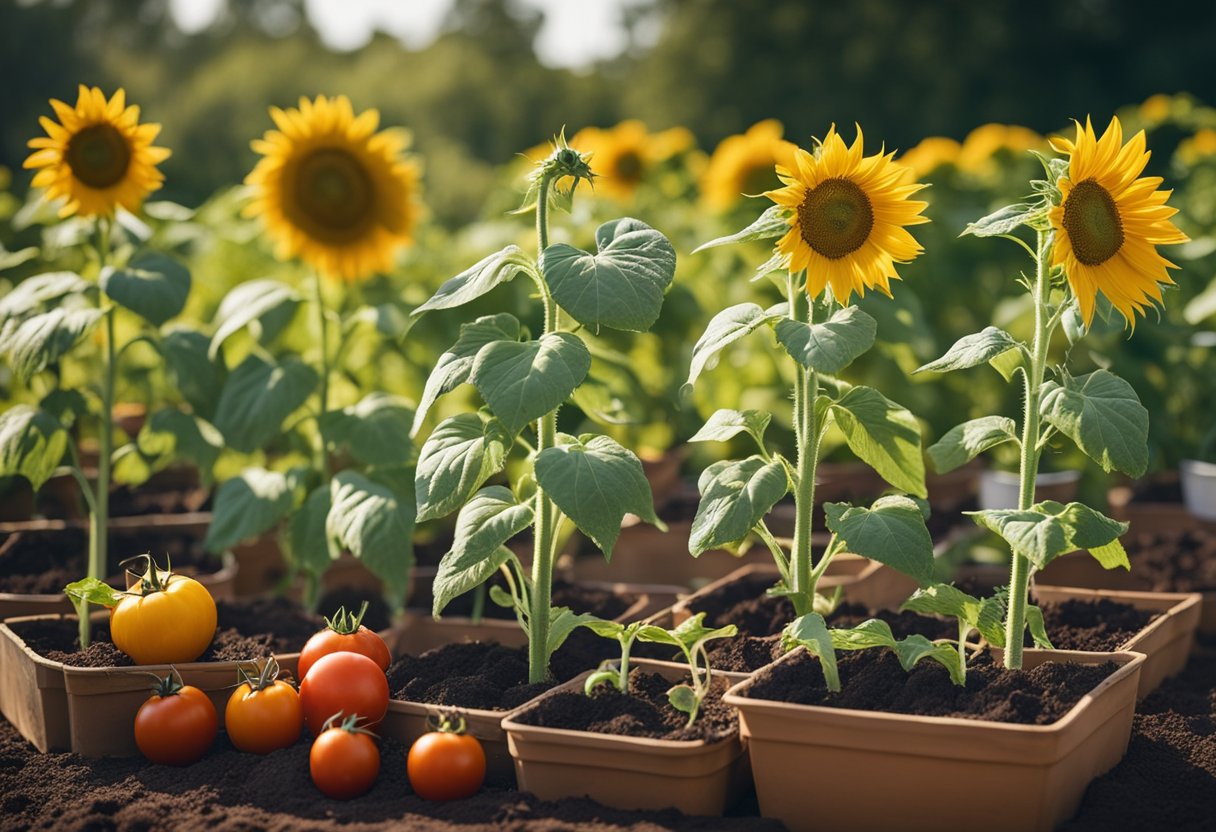
One of the greatest advantages of gardening in retirement is the opportunity to harvest fresh produce that is not only delicious but also packed with nutrition. As I tend to my plants and watch them grow, I know that I am cultivating a space that will contribute to my overall health and well-being.
Maintaining a garden allows me to have regular access to fresh fruits, vegetables, and herbs. I find it particularly rewarding to harvest my own produce, knowing that it has been grown without harmful chemicals and picked at the peak of ripeness. This freshness contributes to the high nutritional value in the produce, which is essential for maintaining my physical health during retirement.
Another benefit I’ve noticed with my gardening hobby is the sense of connection and pride that comes with nurturing plants from seedlings to mature plants producing a harvest. By cultivating my own fresh produce, I am taking an active role in my nutrition and making conscious choices about the food I consume. This level of engagement with my food makes me feel happier and more satisfied than shopping for groceries at the store.
Additionally, growing my own garden gives me the opportunity to experiment with new types of fruits, vegetables, and herbs. I love trying out new things in my garden and discovering unique flavors and dishes that I can create with my harvest. The possibilities for culinary exploration are endless, helping to keep my retirement years exciting and fulfilling.
In conclusion, as I spend my retirement years gardening and harvesting the fruits of my labor, I find solace in the knowledge that I am nurturing not only my plants but also my mind, body, and spirit.
Frequently Asked Questions
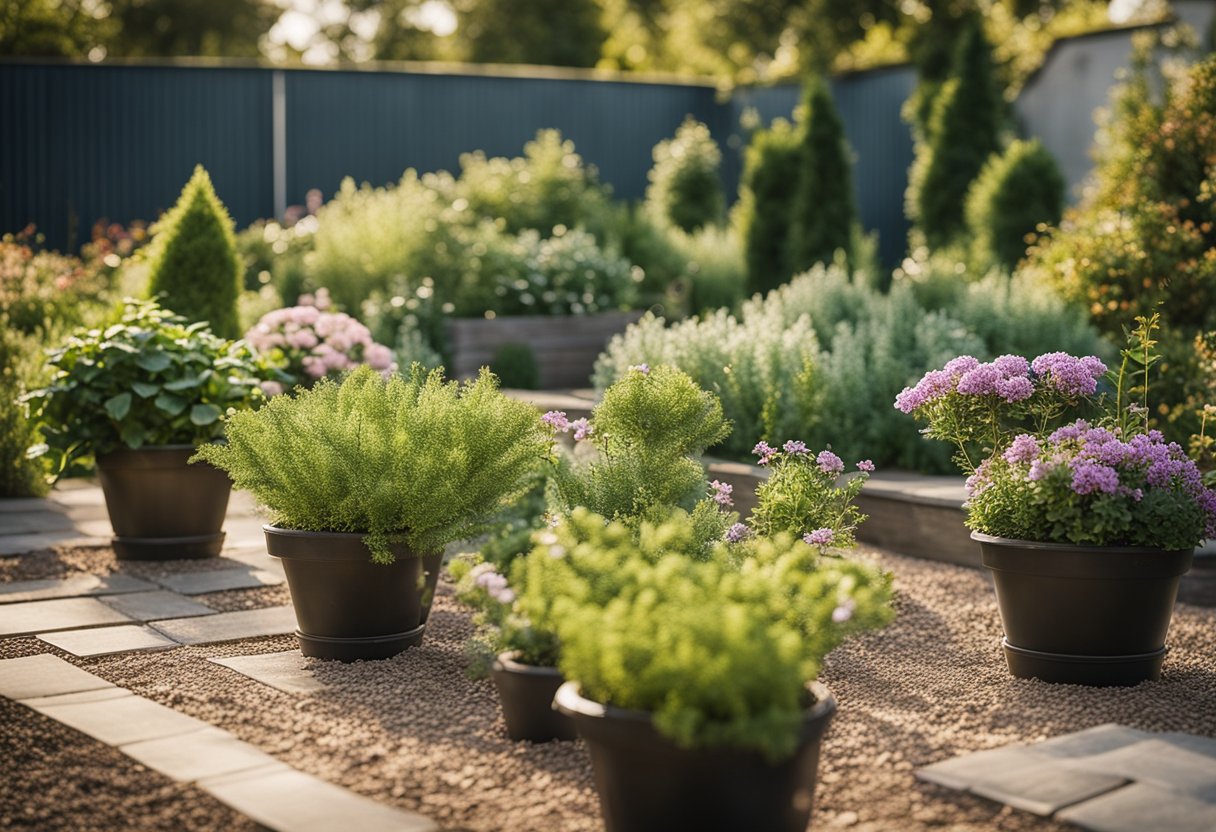
What are the benefits of gardening for retired individuals?
Gardening is an ideal pastime for seniors, as it provides numerous benefits. Engaging in gardening during retirement years can help keep individuals active, maintain mobility, and support overall well-being. Physical activity is crucial for maintaining good health, and gardening acts as a low-impact exercise that keeps seniors moving.
How can gardening improve mental health in seniors?
In addition to the physical benefits, gardening can greatly improve mental health by lowering stress levels and boosting serotonin levels. The act of nurturing plants and watching them grow brings a sense of accomplishment and purpose. Moreover, spending time outdoors, connecting with nature, and enjoying fresh air contribute positively to mental well-being.
Which low-maintenance plants are suitable for elderly gardeners?
For seniors seeking low-maintenance plants, perennials are a great choice. Some examples include rhubarb, globe artichoke, camomile, and gooseberry. These plants require only one planting and return year after year, minimizing the effort needed for replanting.
How does gardening help people with dementia?
Sensory gardens are particularly beneficial for older people living with dementia or sensory impairments. The diverse scents and textures provided by plants stimulate the senses and often evoke pleasant memories. For instance, the fragrance from sweet peas, pelargoniums, and roses can trigger recollections, while plants like Stachys and Bergenia leaves offer intriguing tactile experiences.
What are the essential tools for senior gardeners?
Ergonomic tools are crucial for senior gardeners. These include long-handled tools that reduce the need for bending or reaching, and tools with adaptive grips that accommodate arthritis or other hand dexterity challenges. Additionally, utilizing a comfortable seat or kneeler while working can provide necessary support and reduce strain on joints.
How can gardening spaces be adapted for better accessibility?
To make gardening more accessible for seniors, raised beds can be installed to minimize bending and reaching. Moreover, incorporating paths with non-slip surfaces and implementing proper lighting can help seniors navigate the area more safely. Finally, installing handrails and support structures in strategic locations can provide stability and leverage while gardening.

